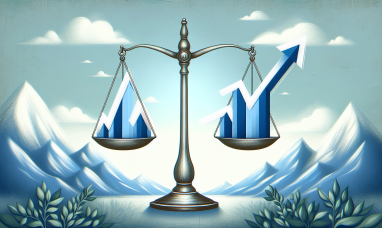The Consumer Price Index (CPI Index)
Compared to forecasts of +0.0% growth and the preceding month’s reading of +0.1% growth, the CPI fell 0.1% in December. The increase in the CPI index of 0.3% in December was in line with predictions and higher than the 0.2% increase seen in November.
According to Charles Schwab’s senior financial strategist Liz Ann Sonders, core goods CPI is “seeing fast disinflation, while core services are taking slower to roll over (actually moved higher Y/Y in December).
Although there were decreases in the cost of driving, flying, and purchasing a used vehicle, these savings were nullified by increases in the cost of a home, auto insurance, and clothing during the final month of 2022.
Ahan Vashi, a writer for SA, thinks the CPI index is positive, but the Fed still has yet to win the war. “However, although food price inflation remains at double-digit percentages year-over-year, inflationary pressures are diminishing (at least for now). There has been some success in the Fed’s battle against inflation, as seen by today’s CPI statistics. Still, a tight labor market, characterized by low unemployment and high wage growth, indicates that the Fed will need to resume its rate rise cycle at its February meeting. “It was his words.
“Now that disinflation is likely, the Fed may slow its rate-hike pace to 25 basis points each quarter. Stock markets were optimistic heading into this report. Still, the recent advance in the S&P 500 (SPX) may encounter resistance near 4,000 [the 200-day moving average level].” Added Vashi.
Futures on the S&P 500 were down 0.1%, the Nasdaq was down 0.2%, and the Dow was almost unchanged before the opening bell.
You may recall that Federal Reserve Chair Jerome Powell had previously expressed concern that inflation in the services sector, excluding housing, might prove more enduring than inflation in other areas.
According to renowned economist Mohamed El-Erian, “this CPI data makes a downshift by the Fed to a 25 bps raise a bit more possible, but far from a done deal, considering such variables as core services ex-housing.” He also noted the positive upside surprise in the housing and clothing sectors.
The gasoline price decreased the M/M index, which was more than offset by rises in the food and clothing categories. As the food index increased by 0.3%, the energy index decreased by 4.5%.
Year-over-year consumer price index increase of 6.5% compared to forecasts of 6.5% and increases of 7.1% in the two years preceding. Since October 2021, this has been the lowest annual growth rate.
Compared to projections of +5.7% and the previous reading of +6.0%, the year-over-year change in the core CPI was +5.7%.
Indexes for housing (+0.8%), domestic furnishings and operations (+0.3%), auto insurance (+0.6%), leisure and amusement (+0.2%), and clothing (+0.5%) all rose during the month, while those for used automobiles (-2.5%) and airfare (-3.1%) fell.
The likelihood that the Federal Reserve will raise interest rates by 25 basis points at its meeting on January 31 and February 1 has increased from 76.7% one day earlier to 87.2% today, according to market participants. On Wednesday, the probability of a rate rise of 50 basis points was 23.3%; today, that number has dropped to 12.8%.
According to a study conducted by the New York Fed earlier this week, consumers’ inflation forecasts for the next year have been cut.
Featured Image: Businesstoday @ istockphoto
















